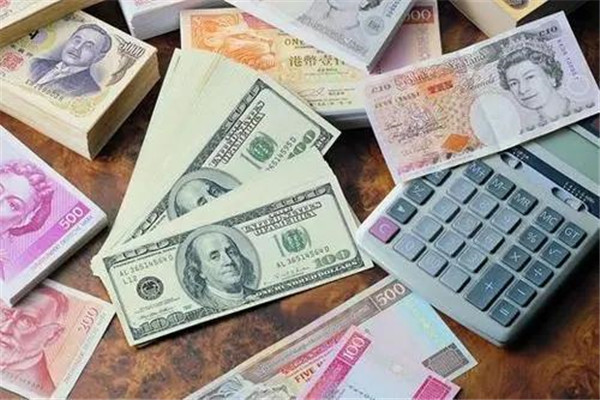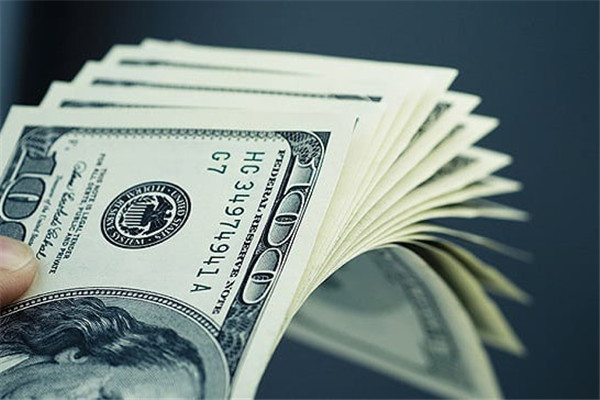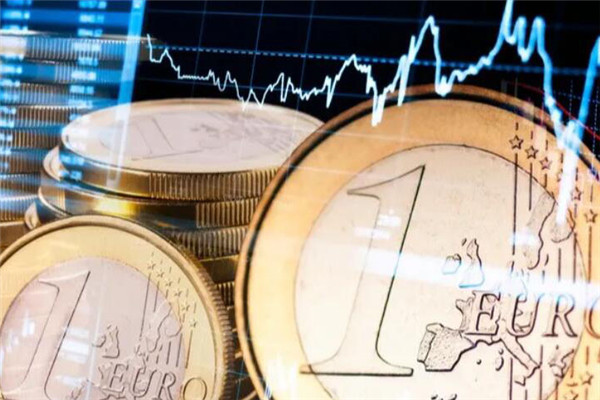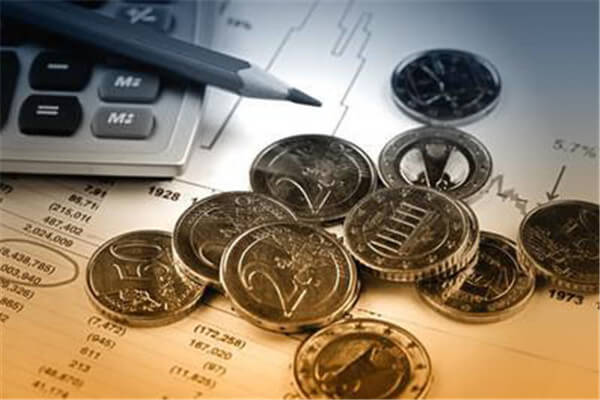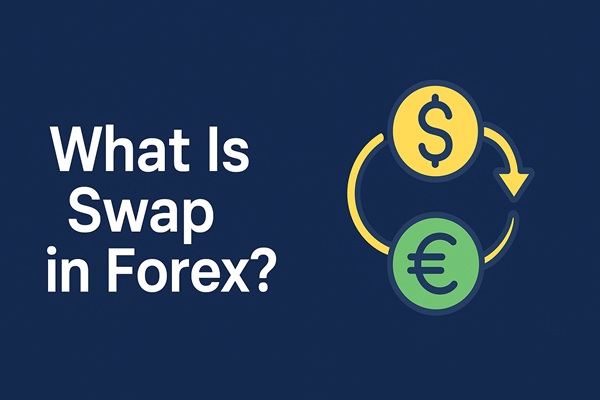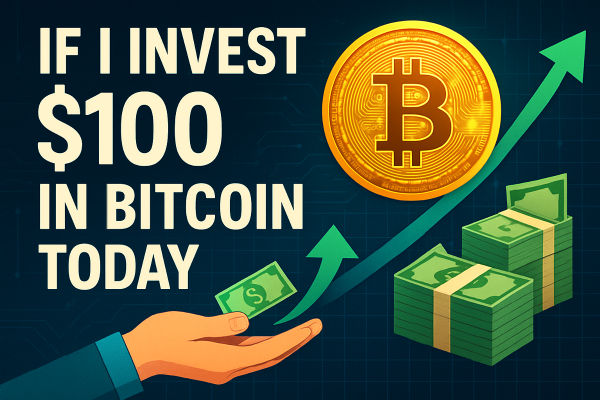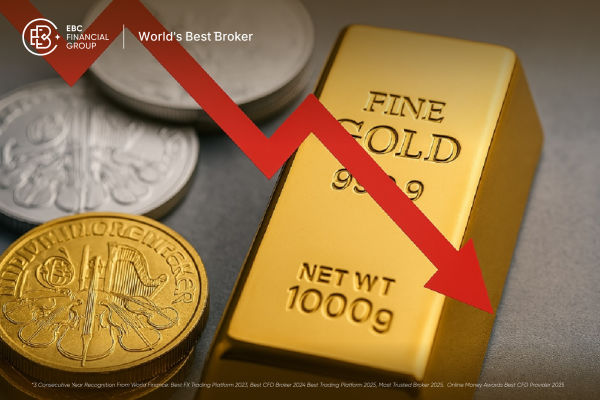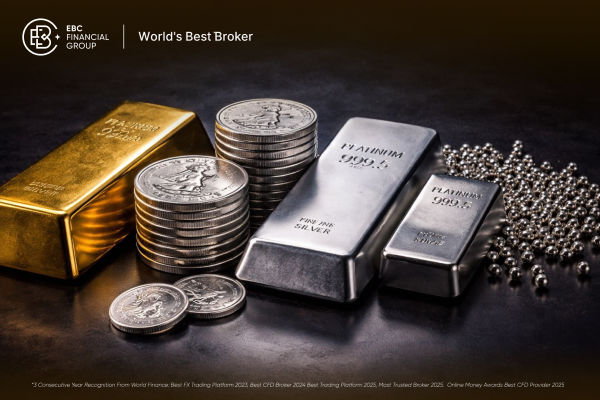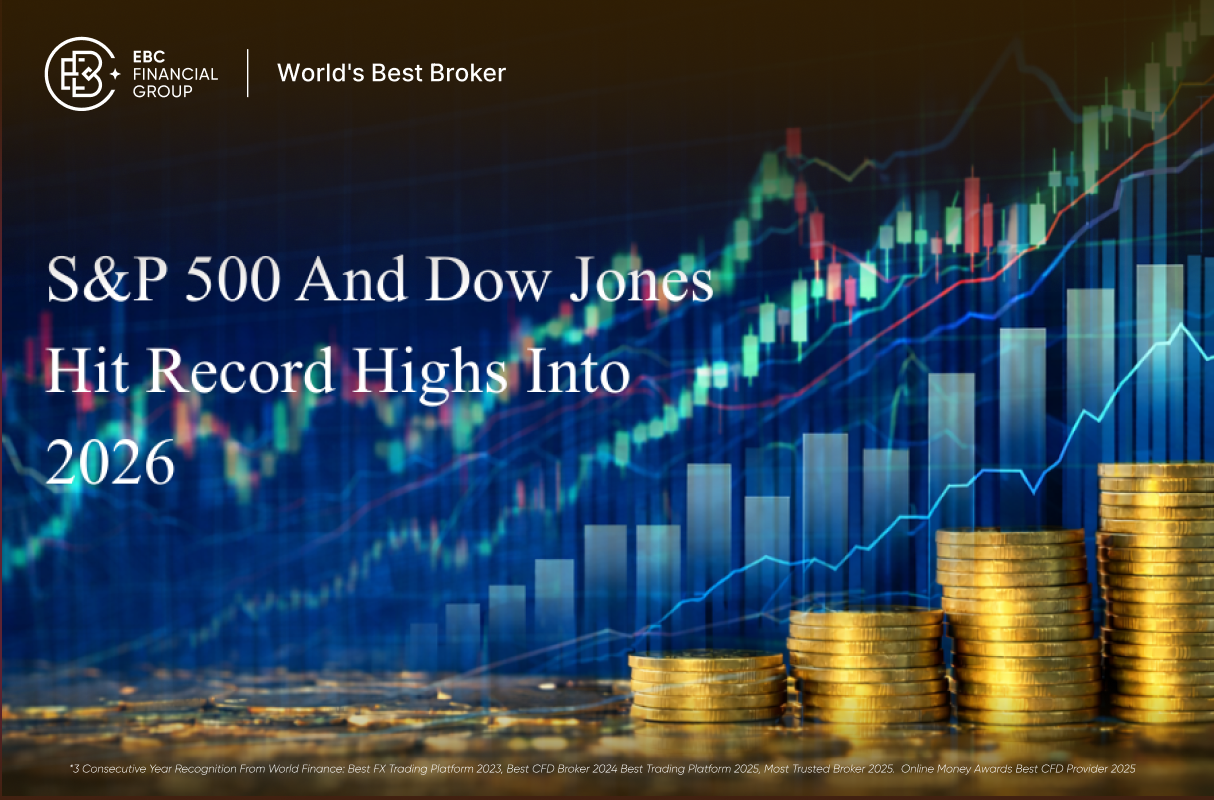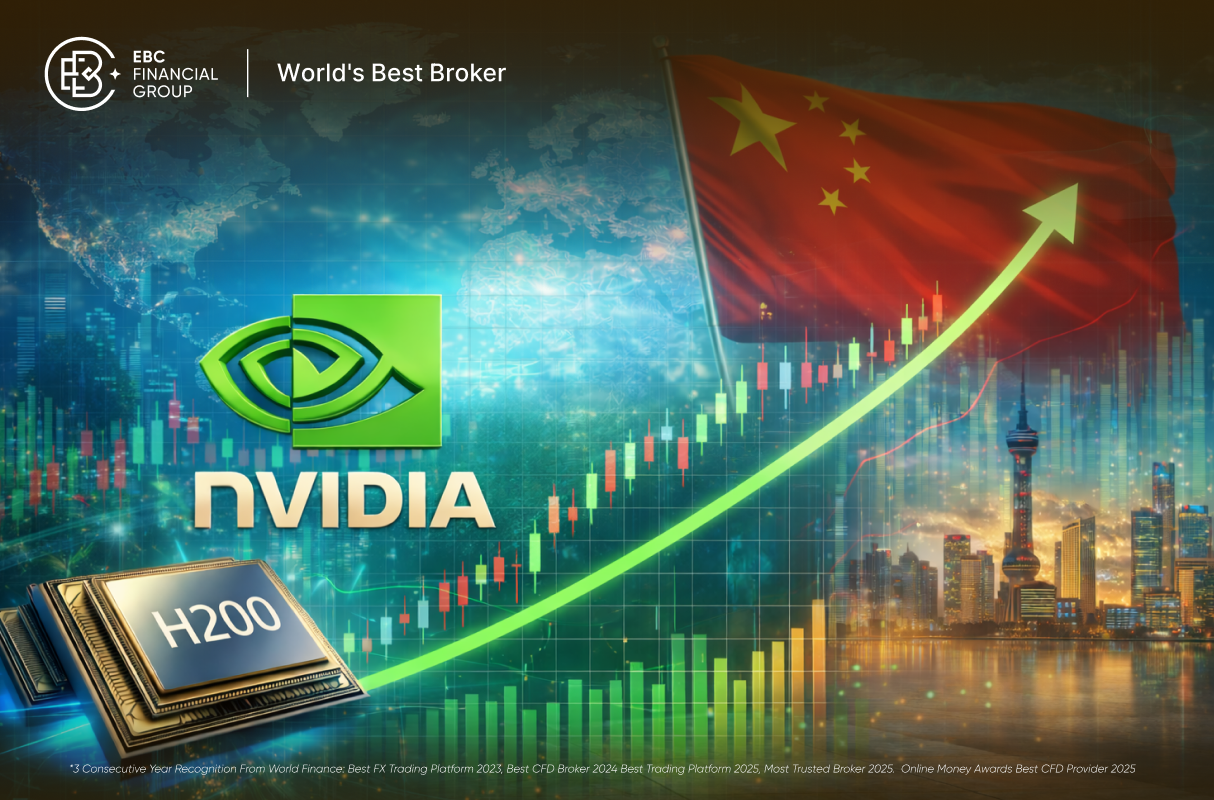Forex trading fees encompass the essential costs and expenses incurred by investors during their trade. Unlike stock transactions, where fees are collected bidirectionally, forex trading fees are typically collected in one direction. Furthermore, all transactions are conducted on forex platforms, making it crucial for traders to understand and compare transaction fees to select the most suitable platform. Therefore, gaining a comprehensive understanding of forex trading fees necessitates examining their various components.
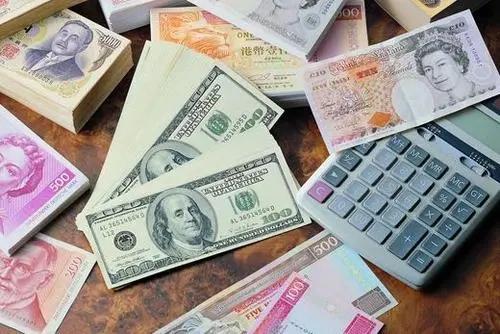
Forex spread
In transactions, the most common handling fee is the spread
fee. The spread is essentially the difference between the buying price and the
selling price. Because traders often trade one currency with another, forex trading currencies are often quoted based on prices compared to another
currency. For convenience, these currencies are written in paired form.
For example, the exchange rate for converting euros into US dollars is
1.4500, while the exchange rate for converting US dollars into euros is 1.4503.
The difference between this pair of currencies is 0.0003.
Spread can seriously affect the returns of trading strategies, even more so
than traders believe. As a trader, the goal is to buy at a low price and sell at
a high price. A high spread means buying at a high price and selling at a low
price. A half-point spread may not sound like a lot, but it can often turn a
previously profitable trading strategy into an unprofitable one. So the spread
fee in transaction fees is the most important factor we
consider when considering platform transaction costs.
The commission fee is a special component of forex trading fees, as most forex trading platforms include the commission fee in
the spread fee. However, some trading platforms still separate the spread fee
and commission fee, and the main payment method is to add the commission fee for
each transaction to the lower spread. So whether traders need to pay additional
commission fees depends on the rules of the trading platform they choose.
Sliding point cost
Sliding point refers to the difference between the point of placing an order
and the point of the final transaction. On the one hand, the sliding point in transaction fees is due to hardware factors such as severe
market fluctuations, network delays, software systems, and server responses,
resulting in inconsistent transaction prices and listing prices. The second
factor is human factors, such as the possibility of artificial manipulation by
the platform backend in theory, which leads to differences between the quoted
prices of the forex trading platform and the actual prices, resulting
in forex traders not buying in a timely manner when it is time to buy
and not selling in a timely manner when it is time to sell. Generally speaking,
it is difficult for investors to distinguish what factors are causing the
sliding point, thus giving some unscrupulous traders the opportunity to
illegally profit. So it highlights the importance of screening legitimate
forex trading platforms.
Other forex trading fees
The most common other forex trading fee is overnight interest.
Many traders often overlook overnight interest fees. If you
need to hold a position for more than a day, the broker will charge you an
overnight interest fee, which cannot be ignored. Holding a position for a long
time is also a fee, and the specific fee depends on how the broker charges
it.
The calculation formula for transaction fees varies among
traders, but the following are some common calculation formulas:
1. Calculation formula for point difference: handling fee=transaction volume
spread
For example, if you trade 1 lot (100000 units) of euros or dollars at a
buying price of 1.2000 and a selling price of 1.1995, with a spread of 0.0005,
the handling fee is:
Handling fee = 100000 0.0005 = $50
2. Calculation formula for fixed handling fee: handling fee=fixed handling
fee
For example, if your dealer charges a fixed handling fee of $10 per
transaction, the handling fee for trading one transaction in euros per dollar is
$10.
3. Calculation formula for transaction volume discount: handling
fee=transaction volume discount ratio
For example, if your dealer charges a handling fee based on the following
discount ratio:
Transaction volume less than $100,000: 1 transaction fee of $10
Transaction volume between $100,000 and $1 million: 1 transaction fee of
$9
Transaction volume greater than $1 million: 1 transaction fee of $8
So, if you trade 1 Euro/USD with a transaction volume of 100,000 USD, the
handling fee is:
Handling fee = $100,000 0.09 = $9000
4. Calculation formula for implicit handling fee: handling fee=transaction
price implicit handling fee ratio
For example, if your trading price is 1.2000, but the dealer adds an implied
handling fee of 0.0005 to the price, the actual trading price is 1.2005, and the
handling fee is:
Handling fee = 100000 one point two zero zero five 0.0005 0.0005=60.25
USD
Different dealers may adopt different fee calculation methods and formulas,
and investors need to carefully compare the fee policies of different dealers
when selecting them in order to choose the most suitable dealer for
themselves.
